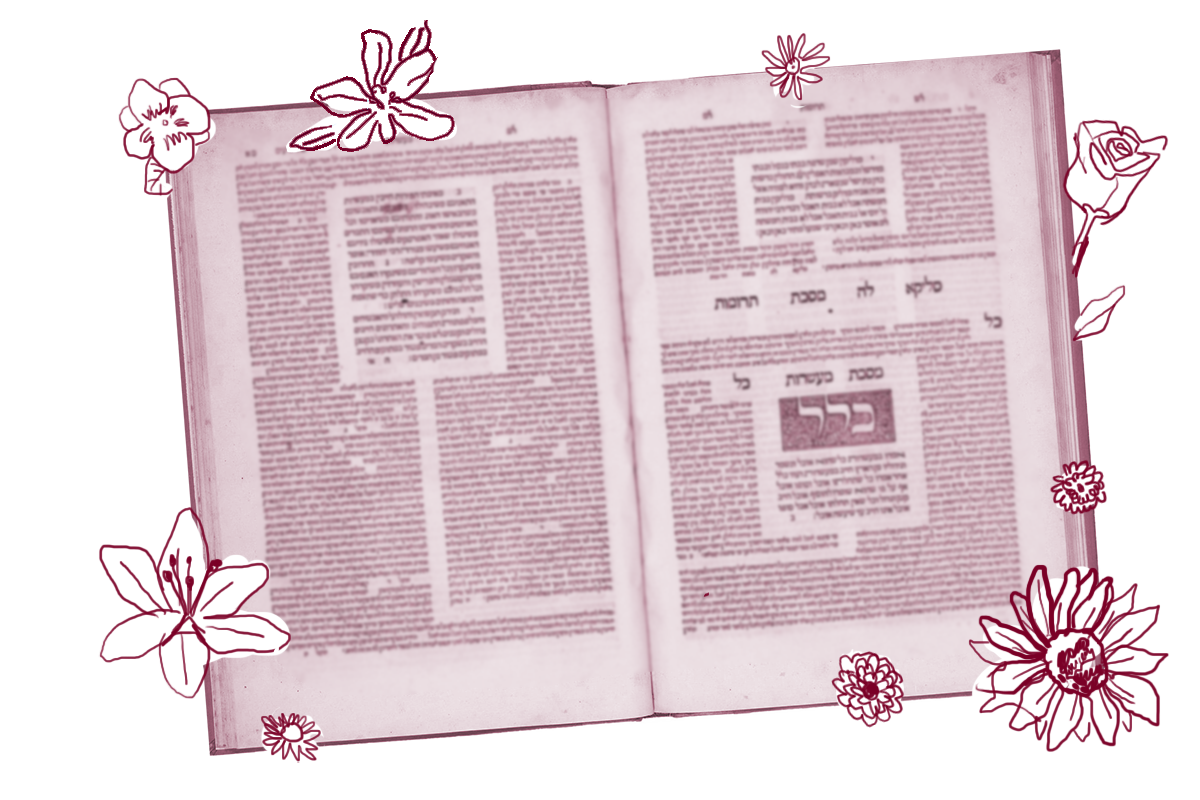Often, the Talmud uses technical terminology to tip off its readers to the logical structure of the argument that will follow. Becoming familiar with particular terms and their definitions goes a long way to help readers understand the flow of the argument in the text.
One such term, which appears on today’s daf is kal va’chomer, which means, literally, “minor and major.” Yitzhak Frank’s Practical Talmud Dictionary explains the term as follows: “A halakhic [legal] inference from a halakha [law] of lesser consequence to one of greater consequence or vice versa.” Kal va’chomer is often translated as a fortiori, a Latin term meaning “from the stronger.”
How does such an argument work? Here’s an example from criminal law which makes an inference about the chomer (major) from a fact about the kal (minor).
If the minimum sentence for manslaughter is 10 years, the minimum sentence for murder must be at least 10 years. Because murder is a more severe offense than manslaughter, it is logical to conclude that its penalty must be at least a stringent, if not more so.
With your help, My Jewish Learning can provide endless opportunities for learning, connection and discovery.
The syllogism can also work in the other direction and lead us to make a conclusion about the kal from a fact about the chomer. For example: If a person who is found guilty of murder is not eligible to receive the death penalty, then it is logical to conclude that one found guilty of manslaughter is all the more so not eligible to receive the death penalty.
Here is an example of kal va’chomer from today’s daf:
And isn’t it an a fortiori inference? Just as an impure vessel, which transmits impurity to liquid that comes into contact with it nevertheless does not transmit impurity to another vessel, so too liquids that come to a state of impurity due to contact with a vessel, is it not right that they should not transmit impurity to vessels?
The first step of making sense of a kal va’chomer argument is to identify the kal and the chomer. In this case, vessels represent the chomer, because they are the source of the ritual impurity. Liquids, which receive impurity from vessels, are the kal, because their level of ritual impurity is weaker (or at most, the same) as the vessels which made them impure.
The next is to determine the directionality of the argument, that is, what is the known fact and what is the inferred conclusion. In this example, the argument begins with the statement that impure vessels do not transmit their impurity to other vessels. Given this, the Gemara draws the conclusion that liquids cannot possibly have a more powerful ability to transmit impurity than the vessels from which they contracted their impurity; so it is reasonable to conclude that such liquids also cannot transmit said impurity to other vessels.
Rabbinic arguments often hinge on received tradition — from the Torah or from previous rabbinic authorities. They also depend on interpretation, especially in the form of midrash. But in the case of kal va’chomer, the rabbis learn something through straightforward logical deduction.
Read all of Pesachim 18 on Sefaria.
This piece originally appeared in a My Jewish Learning Daf Yomi email newsletter sent on December 9th, 2020. If you are interested in receiving the newsletter, sign up here.



